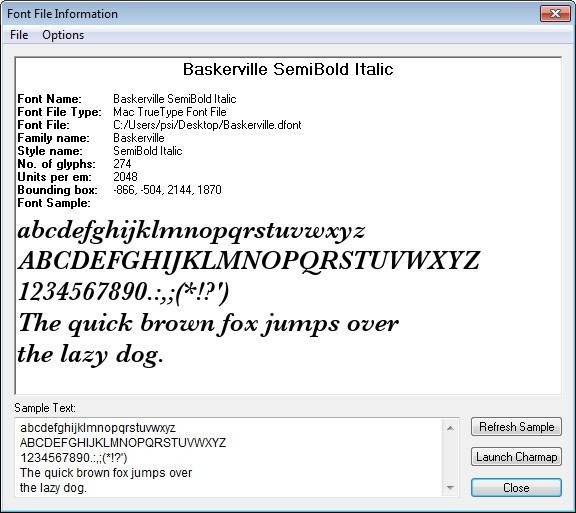

7), but also non-natural rational numbers (e.g. In response, we propose that the ANS represents not only natural numbers (e.g. But this is unsatisfactory since the predictions of the orthodox view, including the situations in which the ANS is expected to succeed or fail, turn on the kind(s) of number being represented. In so doing, we raise a neglected question: numbers of what kind? Proponents of the orthodox view have been remarkably coy on this issue. We then provide positive reasons to think that the ANS genuinely represents numbers, and not just non-numerical confounds or exotic substitutes for number, such as “numerosities” or “quanticals,” as critics propose. We distinguish three lines of critique-the arguments from congruency, confounds, and imprecision -and show that none succeed. Recently, this orthodox view has been subject to numerous critiques that question whether the ANS genuinely represents number. On a now orthodox view, humans and many other animals possess a “number sense,” or approximate number system (ANS), that represents number. Overall, this thesis strongly supports the view that numerosity processing is not merely based on low-level features, and rather clearly suggests that discrete information is at the core of the Number Sense.


Finally, in Chapter 8, we also provided the first empirical evidence that non-symbolic numerosity are represented spatially regardless of the physical SF content of the stimuli. In Chapter 7 we also showed that the ratio effect, an important hallmark of Weber-like encoding of numerical perception, is not primarily explained by stimulus energy or SF. Rather segmentation of the items and perceptual organization explained our main findings. In Chapter 6 we tackled the issue with a direct physical approach: using Fourier analysis to equalize spatial frequency (SF) in the stimuli, we showed that stimulus energy is not involved in numerosity representation. By using a combination of visual illusions, we showed that numerosity perception is not based on perceived continuous cues, despite continuous cue might affect numerical perception. In Chapter 5, we concurrently manipulated grouping with ICs lines and the perceived size of the collections using classic size illusions (Ponzo Illusion). Exploiting perceptual properties of the reverse-contrast Kanizsa illusion, we found that underestimation was insensitive to inducer contrast direction, suggesting that the effect was specifically induced by a sign invariant boundary grouping and not due to perceived brightness confounds. In Chapter 4, we controlled for illusory brightness confounds accompanying ICs.

We showed that numerosity was underestimated when connections increased, suggesting that numerosity relies on segmented perceptual objects rather than on raw low-level features. After reviewing the main theoretical models and findings from the literature (Chapter 1 and 2), in the Chapter 3 we presented a psychophysical paradigm in which Kanizsa-like illusory contours (ICs) lines were used to manipulate the connectedness (e.g., grouping strength) of the items in the set, controlling all the continuous features across connectedness levels. The present thesis aimed to investigate which mechanisms might be at the basis of visual numerosity representations, overcoming the difficulties in isolating discrete from continuous features. However, this model is still largely debated because of the methodological difficulties in isolating neural signals related to “discrete” (i.e., the real number of objects in a collection) abstract numerosity processing from those related to other features correlated or confounded with numerosity in the raw sensory input (e.g., visual area, density, spatial frequency, etc.). The “Number Sense” theory represents the most influential neural model accounting for neuropsychological and psychophysical evidence in humans and animals. These selective pressures may have determined the emergence of an evolutionary ancient neural system suited to rapidly extract abstract information from collections, such as their numerosity, to take informed decisions pivotal for survivance and adaptation. The natural environment in which animals are forced to survive shapes their brain and the way in which they behave to adapt and overcome natural pressures.


 0 kommentar(er)
0 kommentar(er)
